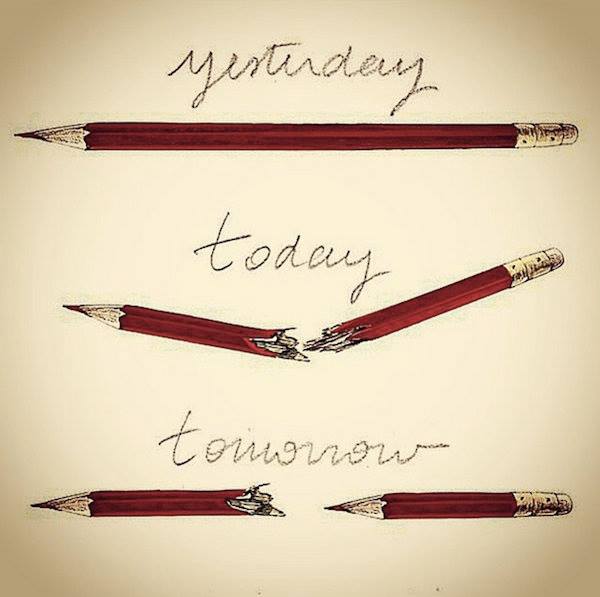With its over 50 digital screens, Odeon is the British cinema chain – a recent entry into the multinational Odeon UCI galaxy – that has launched a wide-ranging programme of experimentation using new technologies applied to projection.
Drew Kaza (Director of Digital Development) and Gerald Buckle (Digital Development Manager) talked about this to participants at “DigiTraining Plus: New Technologies for European Cinemas”, the course organised by MEDIA Salles, which is now taking place at the headquarters of Barco in Kuurne (Belgium). At the core of the Odeon’s initiative is the choice to go “100% digital” in two UK sites with nine screens each. To try out the technology, the company has chosen different brands of projectors and servers for each complex (Nec and Kodak in the case of Hatfield, Cinemeccanica and Doremi for Surrey Quays), whilst to supply the screens with digital content, they have set up agreements with studios and distributors operating internationally, such as Fox, Paramount, Universal, Sony, Lionsgate and Pathé. However, the Odeon’s approach goes beyond the objective of acquiring knowledge and skills that can be exploited when the digital transition becomes a widespread phenomenon. One of the objectives of its strategy is to create a brand image for digital cinema, using, on the one hand, the prestige of the Odeon (a company that has been operating in the United Kingdom since the ‘40s) and, on the other, the innovative side of digital screening. This has given rise to a campaign which comprises the choice of a new name for the digital complex (“Digiplex”) and a message to the main customers, which leaves no doubt as to the reality of the new technology: “digital cinema is here”. As well as providing course participants with information deriving from their experience (for example the fact that 3-D cinema exerts a powerful attraction on younger audiences and that, in this case, even 20% more on ticket prices does not discourage cinema-going), Buckle and Kaza conveyed important messages for the future of digital cinema. Among these, the need to find business models which, whilst connected with the “Virtual Print Fee” concept of US origin, can also be used by those who cannot rely on a big group: the “pay per play fee” for example, which could be adapted better to the specific nature of the European market, characterised by a large number of companies, even very small ones. Or else the importance of involving producers and distributors in contributing – in the short-term – to the success of the digital transition. All this “to avoid the digital adventure turning into a dead loss due to the continuation of the double system, digital and 35mm, instead of being an advantage for the industry”, commented Kaza. The presentation of the Odeon met with keen interest amongst the course participants, whose attitude can be summed up in the words of Monica Törnblom, from the Swedish chain Folket Hus och Parker, forerunners in the adoption of the new technologies: “my goal for this training is to network, challenge, listen and absorb all the information I can get from the other exhibitors and experts. What I most want to know is: what has the European digital experience been over the past few years? What can we expect and demand in the future?”.
 Chatelin Bruno
Chatelin Bruno 


























